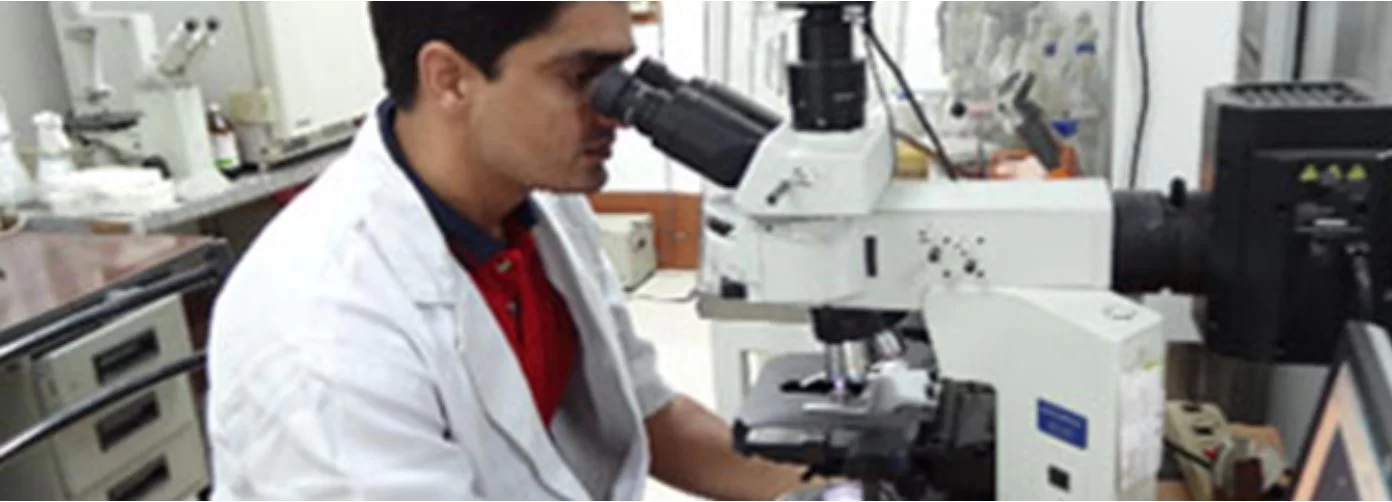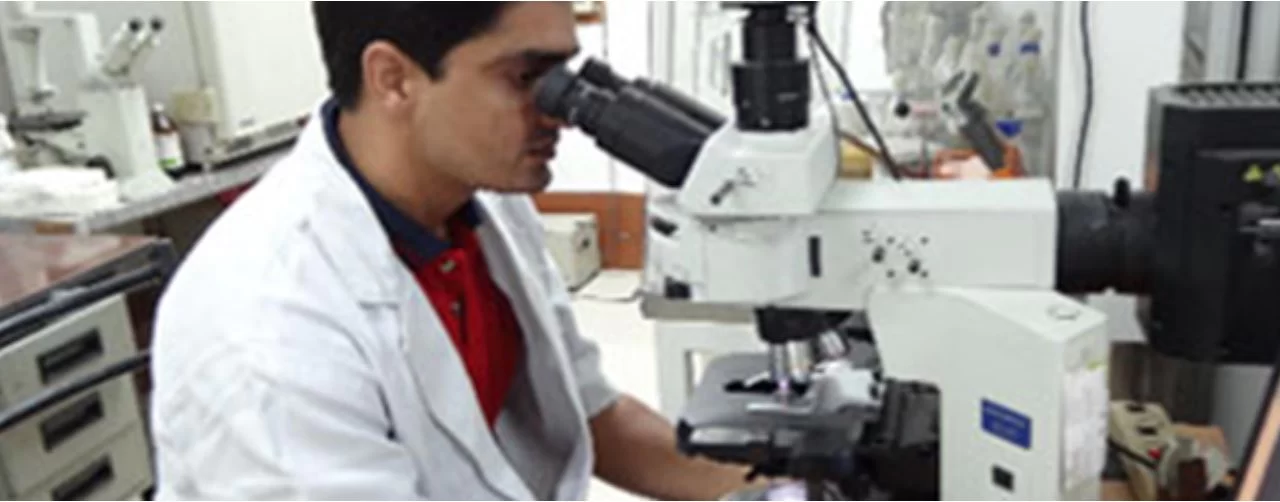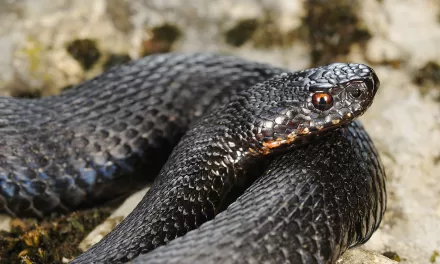
Established in 1963, RMRI’s primary focus is on multi-disciplinary research and development in the field of kala-azar. It is also a referral centre for the diagnosis and management of VL, post-kala-azar dermal leishmaniasis (PKDL) and VL-HIV coinfection.
Reacting to the news of WHOCC accreditation, Dr Krishna Pandey, Director of RMRIMS and Head of WHO CC said, “ RMRIMS has been collaborating with WHO for many years and we are very happy to be designated as a WHO Collaborating Centre for leishmaniasis. As a Collaborating Centre, the institute will continue to play a vital rols in the fight against leishmaniasis.”
Dr Daniel Argaw Dagne, Unite Head, Prevention, Treatment and Care from WHO’s Department of Control of Neglected Tropical Diseases (WHO/NTD), said, “Leishmaniasis is endemic in more than 90 countries and we are delighted that RMRIMS has become the first Asian Collaborating Centre for leishmaniasis. The centre will be a crucial part of WHO’s efforts to prevent, control and eliminate kala-azar, in line with the objectives laid out in the neglected tropical diseases roadmap for 2021-2030.”
Dr Poonam Khetrapal Singh, Regional Director of the WHO South-East Asia Region, said, “Since 2014, the WHO South-East Asia Region has sought to eliminate NTDs – including Kala-azar – and other diseases on the verge of elimination as a Flagship Priority. By 2021, more than 98% of implementation units (upazilas in Bangladesh, blocks in India or districts in Nepal) in the Region had achieved the kala-azar elimination target. With the launch of the new Regional Strategic Framework for accelerating and sustaining kala-azar elimination in the South-East Asia Region 2022-2026, I am sure countries will benefit from the presence of a new WHO CC on leishmaniasis, which will complement the work of the Region’s seven other WHO CCs on NTDs.”
WHO Collaborating Centres
WHO Collaborating Centres are institutions designated by the Director-General and Regional Directors of WHO to form part of an international collaborative network set up by WHO in support of its programmes at the country, intercountry, regional, interregional and global levels. In line with WHO’s policy and strategy for technical cooperation, Collaborating Centres also contribute to the strengthening of country resources in terms of information, services, research, and training, and play an important role in promoting national health system development.
About leishmaniasis
Leishmaniasis is caused by a protozoa parasite from more than 20 Leishmania species. Over 90 sandfly species are known to transmit Leishmania parasites. There are three main forms of the disease:
Visceral leishmaniasis: Visceral leishmaniasis, also known as kala-azar, is fatal in over 95% of cases if left untreated. It is characterized by irregular bouts of fever, weight loss, enlargement of the spleen and liver, and anaemia.
Cutaneous leishmaniasis: Cutaneous leishmaniasis is the most common form of leishmaniasis and causes skin lesions, mainly ulcers, on exposed parts of the body. It can lead to life-long scars and serious disability and this often brings about significant social stigma.
Mucocutaneous leishmaniasis: Mucocutaneous leishmaniasis leads to partial or total destruction of mucous membranes of the nose, mouth and throat.












